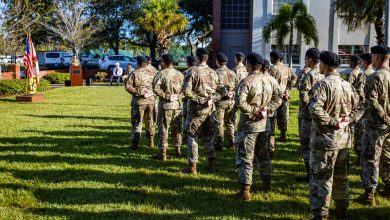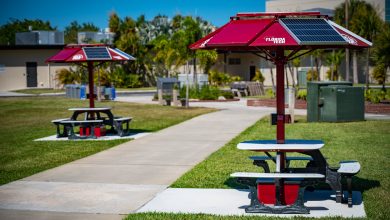Students Design Roomba-like Robot for Moldy Air Ducts
First came Charlie, then came Frances, followed by Ivan and finally Jeanne. The year was 2004 and Florida had just had its fill of hurricanes. Electrical engineering major, Spencer Tuttle, was one of the many who experienced water damage from the storms.
“My house had flood damage after the hurricanes of 2004, and we had to have disaster relief companies come in and repair the water damage and learned that mold is a really big concern in humid areas.”
This realization provided the inspiration for his high school science fair project. With air ducts essentially being the lungs of a building, it’s critical for occupants’ health that when mold is discovered, it is quickly removed. That’s where the Duct Sterilization Robot System (DSRS) comes in.
Mold can cause severe allergic reactions as well as sick building syndrome, where building occupants experience acute health or comfort-related effects that can’t be directly linked to a specific illness. Unfortunately, mold is notoriously hard to remediate, and often the only way to get rid of it inside ducts is to completely gut the ducting and replace it.
Partnering with mechanical engineering major, Doug Schoelle, Tuttle now has a prototype for DSRS that can eliminate mold with UV lights.
“It’s like a Roomba for your air ducts,” Tuttle said. “But instead of using a vacuum, the duct sterilizer uses UV light to sterilize the mold found in humid ducts.”
The battery-operated autonomous vehicle uses light sensors to navigate the ducts. Now that they have achieved proof of theory, the next step is continuing to build upon the prototype. So with the next hurricane season approaching, we’ll have another weapon in the arsenal to reduce costly damage repairs.
%CODE1STUDENTDESIGNWEBSITE%





